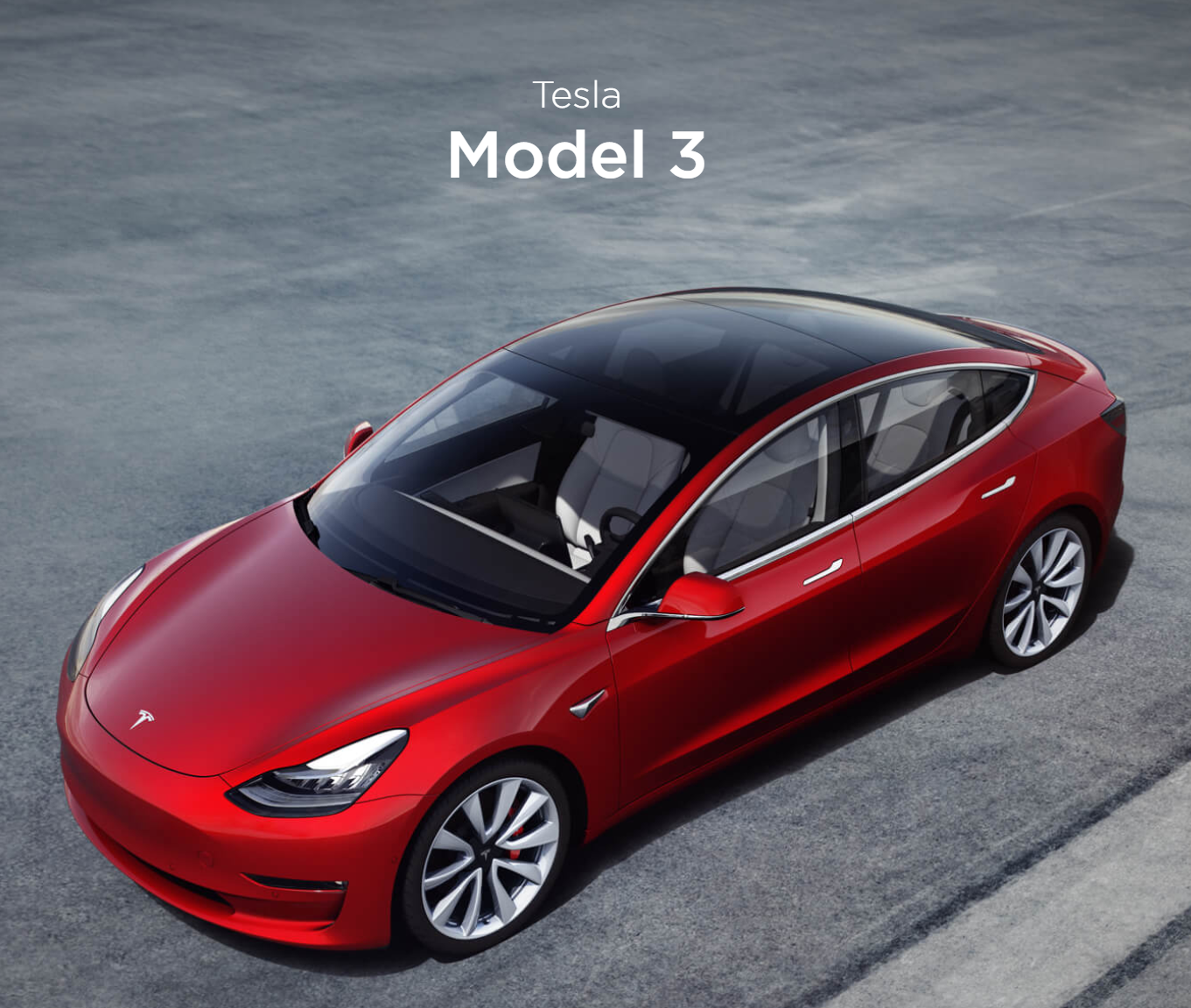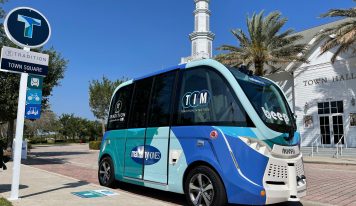We know the Tesla Model 3 is the third “mainstream” car from the company – following the Model S and Model X. Most reports say the Model 3 is the best of the three – by far. It is cheaper to make and more reliable.
Even Elon Musk says Model X and S production will continue production for “sentimental reasons.”
Tesla is way ahead in battery tech – you can argue build quality is on par or behind other companies but no one can touch them when it comes to range at the moment.
Even the CEO of Porsche was forced to praise the company for being an innovator. The numbers tell you why. The Porsche Taycan “Turbo” gets only 201 mile EPA range. Porsche promised 280 miles.
Here is the rub.
Porsche cars have traditionally been so awesome they actually were happy to underrate their acceleration times – the main benchmark of performance cars.
Understatement has been engrained in their culture – and now they were found to be overstating by 40%!
It is embarrassing – especially when you see the price differential. The car costs almost twice that of a comparable Tesla.
On the flipside – Tesla Model 3s are going 300,000-500,000 miles and more!
For fleets this is material… The cars spend far less time in the shop than gasoline-powered cars.
In fact, one fleet operator predicts the Model 3 will have a total cost per mile (including depreciation) as low as $0.18 to $0.25 per mile — far lower than the current average of $0.32 to $0.35 for legacy sedans. That is a savings of around 44%!
Now, GM and Tesla are lobbying Congress to extend the EV tax credit. The way things work now are as follows:
The federal Internal Revenue Service (IRS) tax credit is for $2,500 to $7,500 per new EV purchased for use in the U.S. The size of the tax credit depends on the size of the vehicle and its battery capacity. To find out specific tax credit amounts for individual vehicles, visit FuelEconomy.gov’s Tax Credits for Electric Vehicles and Tax Credits for Plug-in Hybrids pages. This tax credit will be available until 200,000 qualified EVs have been sold in the United States by each manufacturer, at which point the credit begins to phase out for that manufacturer. Currently, no manufacturers have been phased out yet.
Federal Office of ENERGY EFFICIENCY & RENEWABLE ENERGY
GM and Tesla buyers now get a portion of the full credit and soon will lose it. These companies are lobbying for an increased 600,000 limit – no doubt this will continue to be lobbied over time.
The new bill amends the current federal program for electric car buyers and would give buyers a $7,000 tax credit when they file their taxes after purchasing a qualifying vehicle. That’s $500 less than the current program, but the bill lifts the tax credit cap from 200,000 vehicles to 600,000.
In another interesting change, the bill also includes a tax credit for pre-owned electric cars. Buyers would receive a base credit of $1,250 with a cap installed at $2,500 or 30% of the sale price.
Here is why this is huge. The Model 3 lease is theoretically overpriced as the residual value should be far higher than for a typical competitor. Add this to a tax credit for a used car and the residual goes even higher. This gives Tesla two solid reasons to lower lease prices – profitably.
This will make them even more competitive.
There are plenty of other competitors coming after Tesla. For now, Tesla has a huge lead in battery tech as well as in other areas. There is no shortage of R&D in the industry so it will be amazing to see how this plays out. What we do know is the automotive space is really being disrupted, Silicon Valley-style.






